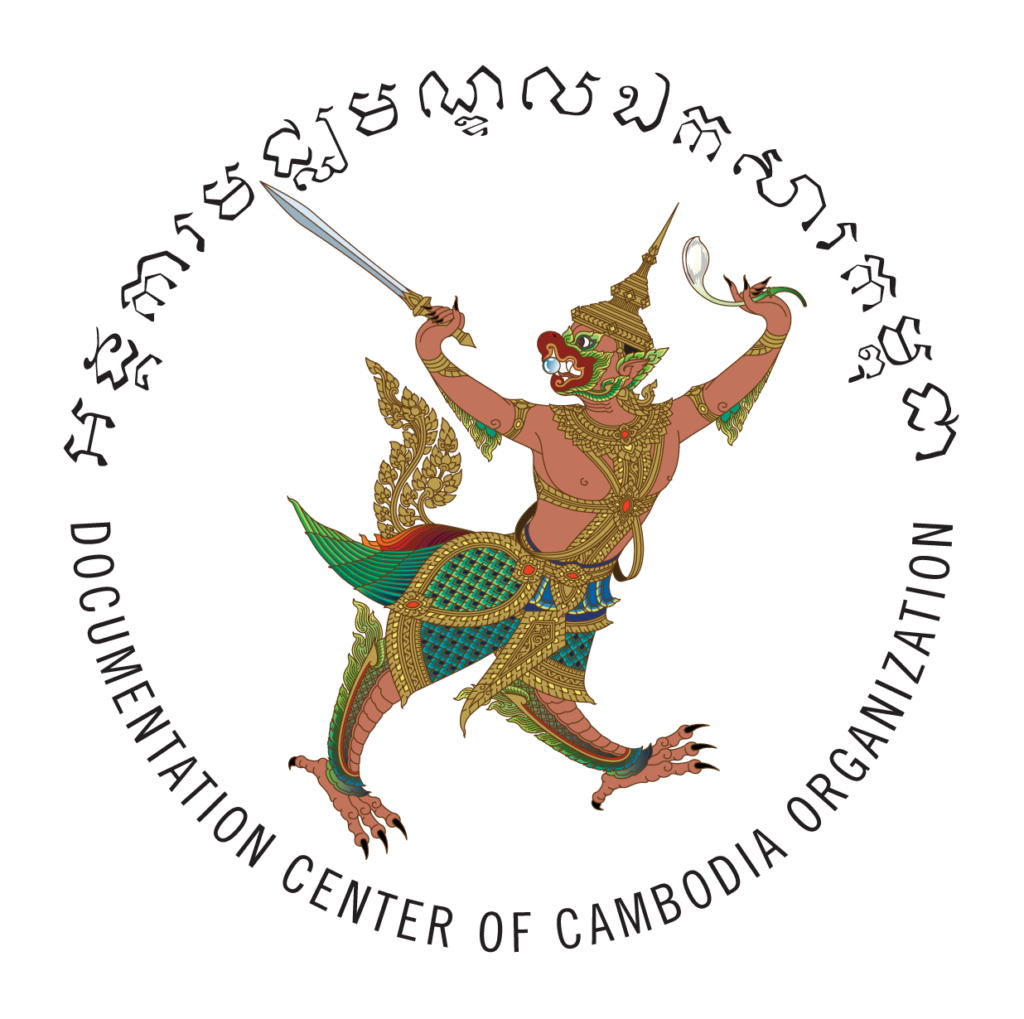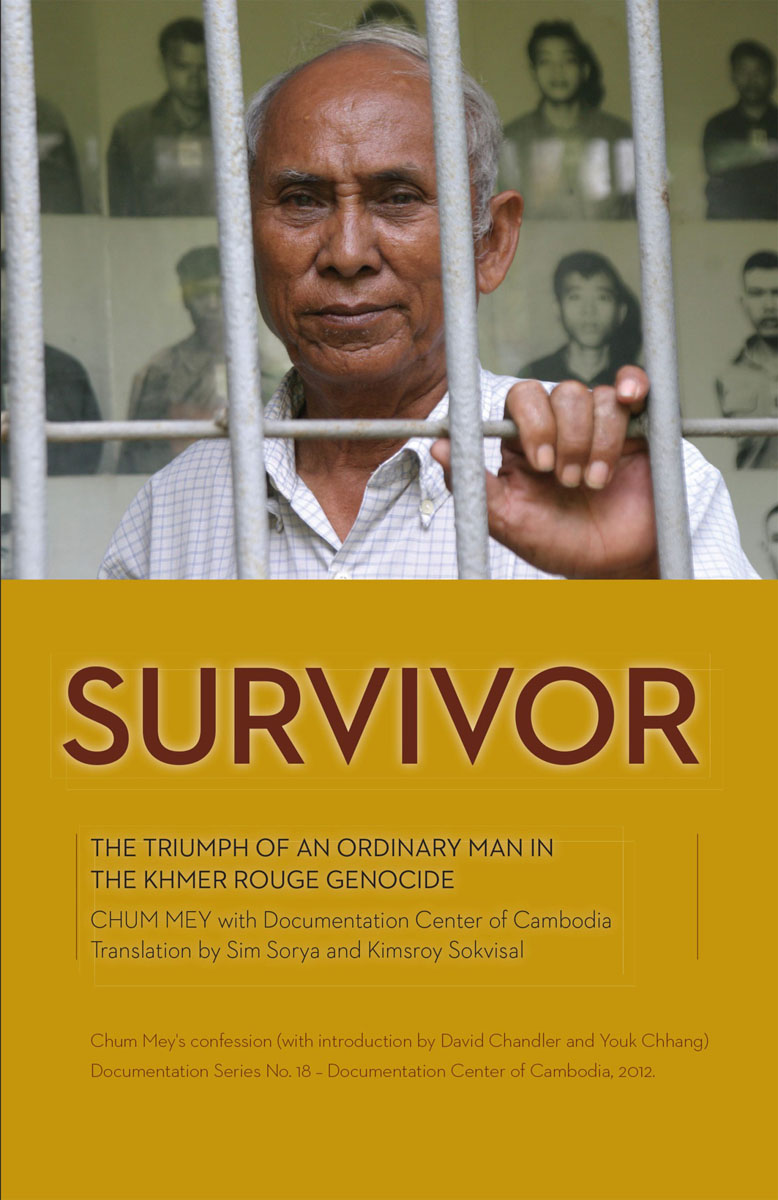- “Translation by Sim Sorya and Kimsroy Sokvisal”
- Chum Mey’s confession (with introduction by David Chandler and Youk Chhang)
- Cover photo by Mariko Takayasu
Chum Mey personifies the tormented history of his country, surviving gunfights and rocket attacks during a civil war, losing his wife and four children during the brutal Khmer Rouge regime, and dragged blindfolded into Tuol Sleng prison, where more than 12,000 people were chained and tortured and sent to a killing field. Only a handful survived, and Chum Mey’s story provides a rare glimpse inside the workings of a brutal and highly organized assembly line of death. At least 1.7 million people died between 1975 and 1979 when the Khmer Rouge ruled Cambodia.
It was his skill as a mechanic that saved him, when after 12 days and nights of beatings and repeated electrocution; he was plucked from among the other prisoners and put to work repairing the typewriters his torturers used to record their forced confessions.
Chum Mey himself confessed to a wild fantasy of counter-revolutionary work for the CIA, an organization whose name he had never heard before his torture began. He was ready to say anything in order to stop the pain. His confession is one of the few that have been translated into English and it is reproduced in this book, the first of thousands of Tuol Sleng confessions to be published.
Over the years Chum Mey has come to understand and even identify with his torturers, rather than to condemn them. “I consider them victims like me, because they had to follow other people’s orders,” he says in an introduction to the book. “How can I say I would have behaved differently? Would I have had the strength to refuse to kill, if the penalty was my own death?”
He escaped death, but his survival itself continues to bewilder him. “It was such a rare chance that I survived when so many people were killed there,” he says. “I think about it every night, how lucky I was to survive. Why did I survive?”
Funding for this project was generously provided by Friends of the Documentation Center Cambodia with core support from United States Agency for International Development (USAID).

